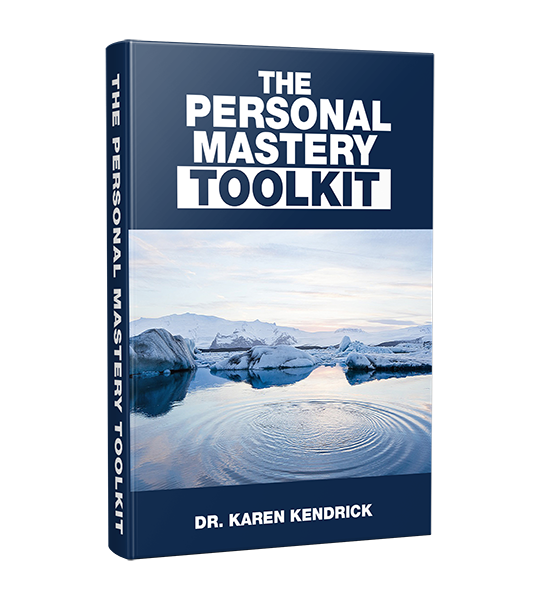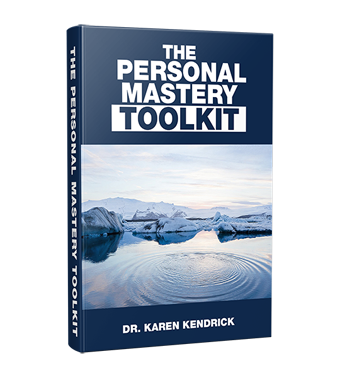5 STEPS TO STARTING A JOURNAL
The practice of keeping a journal has been around for a long time.
People from all backgrounds and levels of success have kept journals, from ship captains and presidents, to jailed prisoners and Holocaust victims. Albert Einstein, Lewis and Clark, Anne Frank, Mark Twain, Thomas Jefferson, Frida Kahlo, and Anais Nin are just a few who kept one.
Journals can come in a variety of formats and serve multiple purposes. They can be one of the most effective ways to support your self-awareness, capture ideas, and achieve your goals.
Ready to start a journal but not sure how to get started?
Here are 5 keys to getting your writing process going:
1) Decide what you want the journal to do for you
There are a number of different types of journals, depending on your goals or interests.
The most common type is the standard diary format where you record events in chronological order over the days, months, or years, as your daily life unfolds. You might record reactions or emotions to these events in the diary as well.
These journals can help you express and process your challenges, concerns, and triumphs, and give you something to look back at later.
Another common journal type is the topic journal, that helps you document one particular aspect of your life, such as an exercise journal, a travel journal, or a food journal. These journals help you keep track of goals, progress, and experiences related to your chosen area. They are often used when you have a specific project, trip, or objective and can serve to keep you motivated or inspired. These journals may or may not be something you keep doing long term.

Get a FREE copy of The Personal Mastery Toolkit.
Raise your game and lead an exceptional life.
A third common journal type is the creativity journal. These journals help you document your ideas and dreams, or capture things that inspire you, like certain quotes or images. They may include ideas for new products, home design ideas, book topic ideas, or a variety of other things. They sometimes look and feel similar to a scrapbook, but often include handwritten notes and entries to support any visual images.
After considering the different purposes and formats, you may decide to experiment or even combine journal types if you think that will work best for you. Remember, there are no right or wrong answers.
2) Determine how often and when you will journal
Some people like to establish a routine time of day/week/month to write so that it becomes a habit. Other people prefer to write whenever they feel inspired to do so. They may write several times a day, week, or month, and then skip some time before writing again. Whichever you choose really doesn’t matter, as long as it feels right to you. Don’t get hung up on keeping a schedule if you find that it starts to feel like a chore or limits your creative flow.
3) Experiment with what writing materials you prefer to use
Do you like spiral bound notebooks, a leather-bound journal, a 3-ring binder with loose leaf paper, or something else? Do you like to use the same writing instrument (favorite pen, pencil, marker, etc.) for all your writing or does it matter? Does the ink color matter? Do you prefer to type your journal and keep it all online? Again, the choice is up to you. You can experiment and see what works best for you.
WANT TO ACCELERATE YOUR PERSONAL GROWTH AND SUCCESS?
Take the BRILLIANCE BLUEPRINT™ digital course.
4) Consider where to store your journal
Making a decision about where to store your journal can serve several purposes. First, the location of your journal can dictate when you have access to it. If you are someone that likes to write at various times whenever the mood strikes, you might want to keep it close by throughout the day.
Second, if privacy is a concern, you’ll need to think about the best place to avoid it being read. You could consider keeping it at your office away from home, a nightstand, your laptop, or a briefcase. If you live with other people, and are worried about others reading it, state clearly to your loved ones that the journal is meant for your eyes only.
5) Evolve your approach and content as you go based on what feels good
Keep in mind that your style, frequency, and type of material you write about can change over time as you get into it and experiment. Don’t be afraid to try different things out.
Remember that there are no rules or people evaluating your writing content or style. Free yourself from the worry of criticism.
You may or may not feel compelled to go back and ever read what you wrote. For some people, it’s just a way to process things in the moment. For others, it provides a roadmap or look back at progress or a time capsule of what was going on during that period.
Once you’ve given these 5 steps some consideration, it’s time to jump in and get started. Journaling can be an incredibly rewarding experience that is yours to explore and enjoy.
DIVE DEEPER: Further boost your self-knowledge, confidence, and resilience by mastering how you think about your life story here.

Get a FREE copy of The Personal Mastery Toolkit!
Raise your game and lead an exceptional life.
IF YOU LIKED THIS CONTENT, CHECK OUT:
NEW TO KAREN?



